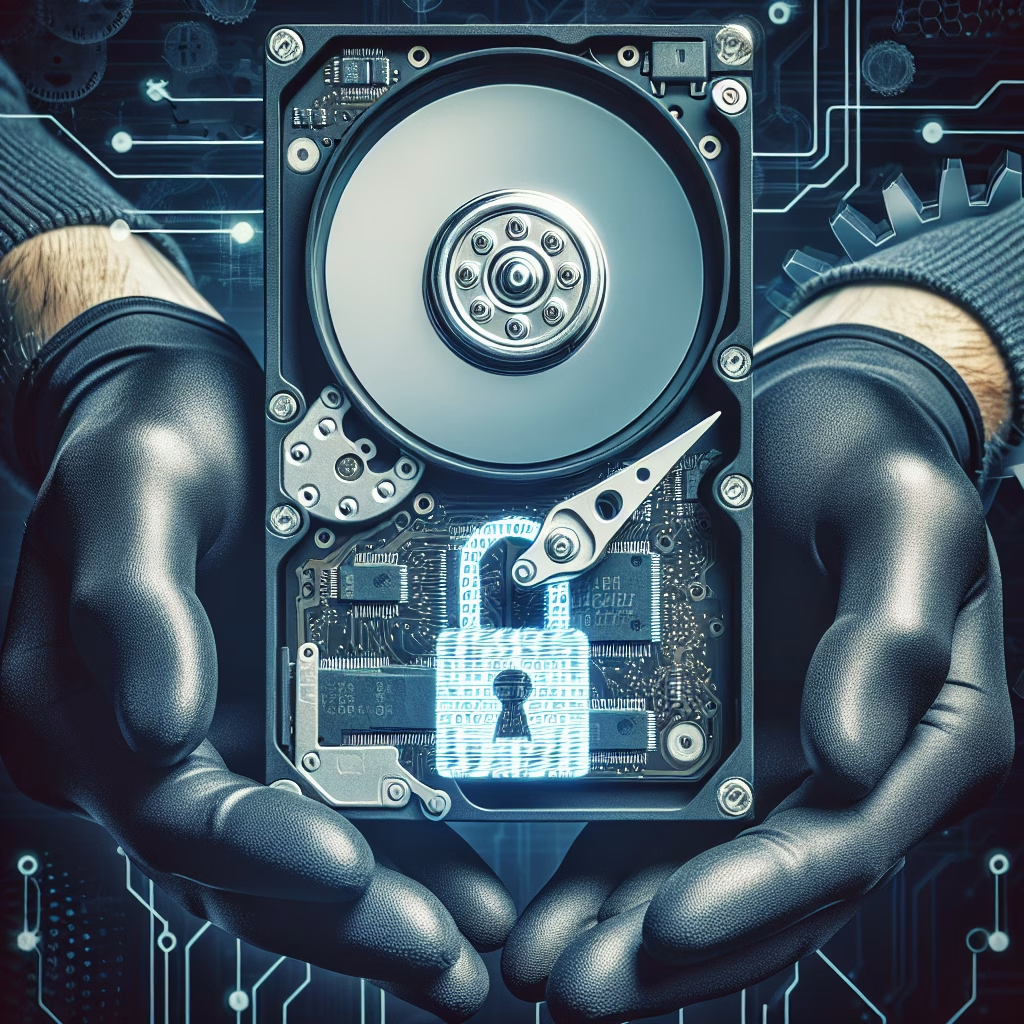How to Clone BitLocker Encrypted Drive: A Technical Guide
Summary
Cloning a BitLocker-encrypted drive requires careful handling to maintain encryption integrity and data security. This guide explains the technical process, including prerequisites, common issues, and security best practices. By following proper procedures, users can successfully replicate encrypted drives while preserving protection and accessibility.
Introduction
Cloning a BitLocker-encrypted drive involves creating an exact copy of an encrypted partition or full disk while retaining its encryption state and accessibility. This process is crucial for system migration, backup redundancy, or hardware upgrades without compromising security. Understanding the technical nuances ensures successful cloning and prevents data loss or encryption failures.
What is BitLocker Drive Cloning?
BitLocker drive cloning refers to replicating an entire encrypted volume or disk while maintaining its encryption metadata, recovery keys, and TPM (Trusted Platform Module) bindings (if applicable). Unlike standard disk cloning, BitLocker introduces additional complexities due to cryptographic protections and hardware-based security features integrated with Windows.
How It Works
The cloning process for BitLocker-encrypted drives involves:
- Volume Shadow Copy (VSS): Ensures data consistency during cloning.
- Sector-by-Sector Copying: Required to preserve encryption headers and metadata.
- TPM Considerations: Cloned drives bound to TPM may require reconfiguration or recovery key entry on new hardware.
- Encryption State Preservation: Proper tools maintain the BitLocker encryption state without requiring decryption.
Common Issues and Fixes
Issue 1: “BitLocker Recovery Required” After Cloning
Description: The cloned drive triggers BitLocker recovery due to TPM validation failure or hardware changes.
Fix: Suspend BitLocker before cloning, then resume afterward. Alternatively, use the recovery key to unlock the cloned drive.
Issue 2: Inaccessible Cloned Drive
Description: The cloned drive isn’t recognized or fails to boot.
Fix: Verify the cloning tool supports BitLocker. Ensure proper partition alignment and check BIOS/UEFI settings for secure boot compatibility.
Issue 3: Performance Degradation Post-Cloning
Description: The cloned drive exhibits slower read/write speeds.
Fix: Check for proper driver alignment and optimize the encrypted volume using defrag /L. Verify disk health with chkdsk.
Best Practices
- Pre-Clone Preparation: Backup recovery keys and suspend BitLocker if using TPM.
- Tool Selection: Use reputable cloning software with explicit BitLocker support (e.g., Macrium Reflect, Clonezilla).
- Sector-by-Sector Copy: Ensure the cloning method replicates all sectors, including encryption metadata.
- Post-Clone Verification: Test bootability and validate encryption state with
manage-bde -status.
Conclusion
Cloning BitLocker-encrypted drives requires technical precision to maintain security and functionality. By adhering to proper procedures and understanding the interaction between encryption and hardware, users can ensure successful migrations while preserving data protection. Always verify encryption states and maintain recovery key accessibility throughout the process.
People Also Ask About:
Can I clone a BitLocker drive without the recovery key?
No, cloning a BitLocker drive typically requires either the recovery key or administrative access to suspend protection. The encryption metadata must be preserved, and the key is necessary for post-clone validation.
Does cloning a BitLocker drive decrypt it?
Proper cloning with compatible tools maintains encryption. However, some methods may inadvertently decrypt if not configured correctly. Always verify the encryption state post-cloning.
Can I clone to a smaller drive with BitLocker?
Yes, provided the used space on the source drive fits within the target’s capacity. Sector-by-sector tools may fail; use file-level cloning instead.
How does TPM affect BitLocker cloning?
TPM-bound drives may trigger recovery mode when cloned to dissimilar hardware. Suspend BitLocker before cloning or be prepared to enter recovery keys.
Other Resources:
- Microsoft BitLocker Documentation: Official technical reference for BitLocker features and management.
- BitLocker Best Practices: Microsoft’s recommended security configurations.
Suggested Protections:
- Always maintain current recovery keys in secure storage.
- Validate backup integrity before initiating clone operations.
- Use hardware with compatible TPM versions when cloning system drives.
Expert Opinion:
BitLocker cloning presents unique challenges compared to standard disk duplication. Modern cloning tools have improved handling of encrypted volumes, but administrators should prioritize validation steps to prevent subtle security compromises. The practice is invaluable for enterprise deployments where encrypted system images need replication across multiple secured devices.
Related Key Terms:
- BitLocker TPM cloning Windows 11
- Clone BitLocker drive to SSD without losing encryption
- Sector-by-sector copy BitLocker encrypted disk
- Migrate BitLocker encrypted Windows 10 to new hardware
- Fix BitLocker recovery after disk cloning
#Clone #BitLocker #Encrypted #Drive #StepbyStep #Guide
Featured image generated by Dall-E 3





